- Have any questions?
- +86-189 8930 5995
- sales@mosinterchem.com.cn
YTTRIUM CAS 7440-65-5
- Home
- Rare Earth And Rare Metals
- YTTRIUM CAS 7440-65-5

Samarium CAS 7440-19-9
24/12/2018
Praseodymium oxide CAS 12037-29-5
24/12/2018| Model: | MOS7440-65-5 |
| Brand Name: | MOSINTER |
| Alias: | YTTRIUM ATOMIC SPECTROSCOPY STANDARD |
| CAS: | 7440-65-5 |
| Appearance: | Grey metal |
| Molecular Formula: | Y |
| Melting point: | 1522 °C |
| Boiling point: | 3338 °C |
| Molecular weight: | 88.91 |
| Heat of fusion: | 11.42 kJ/mol |
| Density: | 4.469 g/mL at 25 °C(lit.) |
YTTRIUM (CAS: 7440-65-5)
| Main Content :Y/TREM >99.9% | |
| RE Elements % MAX | Non-RE Elements % MAX |
| La 0.0005 | Fe 0.135 |
| Pr 0.0010 | W 0.122 |
| Nd 0.0010 | Ni 0.0016 |
| Sm 0.0010 | Ca 0.095 |
| Dy 0.0055 | O 0.17 |
| Eu 0.0010 | Co 0.0010 |
| Gd 0.0010 | TREM >99% |
| Tb 0.0010 | |
| Ho 0.0005 | |
| Er 0.0010 | |
| Tm 0.0010 | |
| Yb 0.0010 | |
Yttrium is a chemical element with symbol Y and atomic number 39. It is a silvery-metallic transition metal chemically similar to the lanthanides and it has often been classified as a “rare earth element”. Yttrium is almost always found combined with the lanthanides in rare earth minerals and is never found in nature as a free element. Its only stable isotope, 89Y, is also its only naturally occurring isotope.
In 1787, Carl Axel Arrhenius found a new mineral near Ytterby in Sweden and named it ytterbite, after the village. Johan Gadolin discovered yttrium’s oxide in Arrhenius’ sample in 1789, and Anders Gustaf Ekeberg named the new oxide yttria. Elemental yttrium was first isolated in 1828 by Friedrich Wöhler.
The most important use of yttrium is in making phosphors, such as the red ones used in television set cathode ray tube (CRT) displays and in LEDs. It is also used in the production of electrodes, electrolytes, electronic filters, lasers and superconductors; various medical applications; and thetracing of various materials to enhance their properties. Yttrium has no known biological role, and exposure to yttrium compounds can cause lung diseasein humans.
Applications
Consumer
Yttrium is one of the elements used to make the red color in CRT televisions.
Yttria (Y2O3) can serve as host lattice for doping with Eu3+ cations as well as reactant to gain doped yttrium orthovanadate YVO4:Eu3+ or yttrium oxide sulfideY2O2S:Eu3+ phosphors that give the red color in color television picture tubes, though the red color itself is actually emitted from the europium while the yttrium collects energy from the electron gun and passes it to the phosphor. Yttrium compounds can serve as host lattices for doping with different lanthanide cations. Besides Eu3+ also Tb3+ can be used as a doping agent leading to green luminescence. Yttria is also used as a sintering additive in the production of porous silicon nitride and as a common starting material for both material science and for producing other compounds of yttrium.
Yttrium compounds are used as a catalyst for ethylene polymerization. As a metal, it is used on the electrodes of some high-performance spark plugs.Yttrium is also used in the manufacturing of gas mantles for propane lanterns as a replacement for thorium, which is radioactive.
Developing uses include yttrium-stabilized zirconia in particular as a solid electrolyte and as an oxygen sensor in automobile exhaust systems.
Garnets
Nd:YAG laser rod 0.5 cm in diameter.
Yttrium is used in the production of a large variety of synthetic garnets, and yttria is used to make yttrium iron garnets (Y3Fe5O12 or YIG), which are very effective microwave filters. Yttrium, iron, aluminium, and gadolinium garnets (e.g. Y3(Fe,Al)5O12 and Y3(Fe,Ga)5O12) have important magneticproperties. YIG is also very efficient as an acoustic energy transmitter and transducer. Yttrium aluminium garnet (Y3Al5O12 or YAG) has a hardness of 8.5 and is also used as a gemstone in jewelry (simulated diamond). Cerium-doped yttrium aluminium garnet (YAG:Ce) crystals are used as phosphors to make white LEDs.YAG, yttria, yttrium lithium fluoride (LiYF4), and yttrium orthovanadate (YVO4) are used in combination with dopants such as neodymium, erbium, ytterbium in near-infrared lasers.[57][58] YAG lasers have the ability to operate at high power and are used for drilling into and cutting metal. The single crystals of doped YAG are normally produced by the Czochralski process.
You must be logged in to post a review.

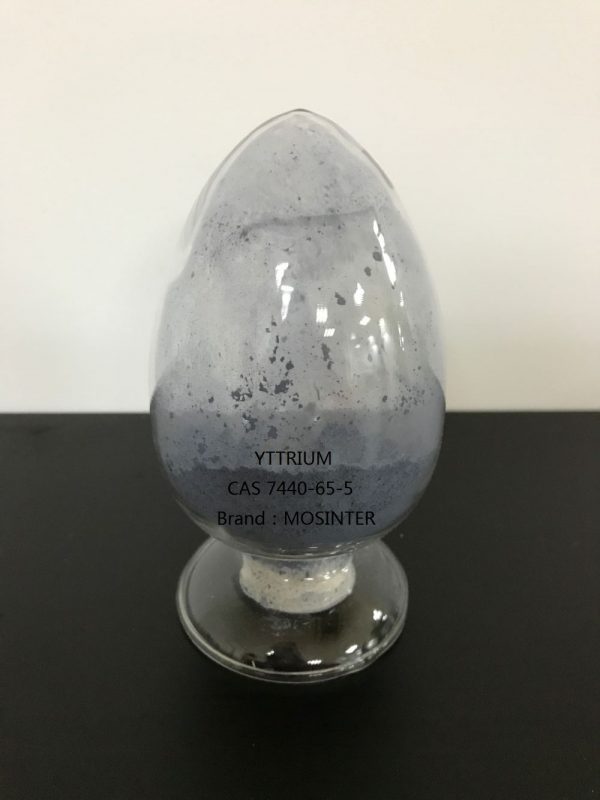
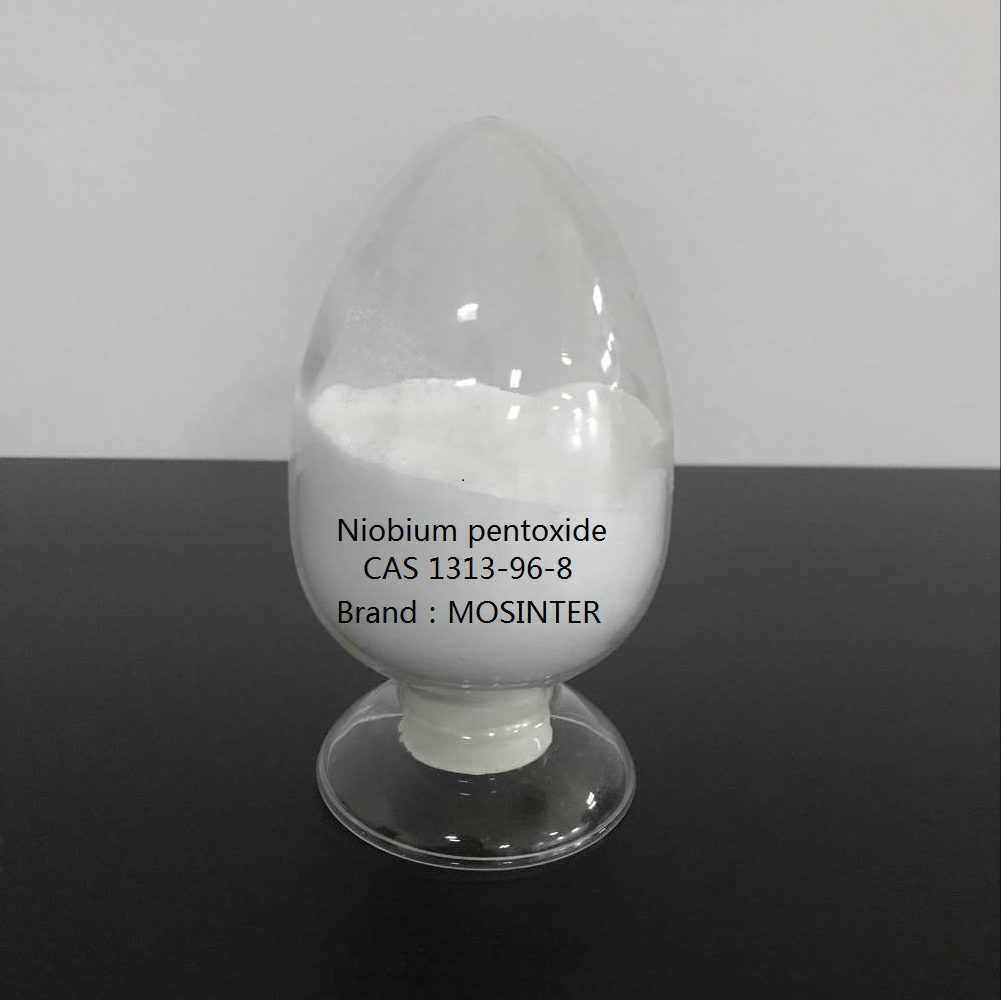
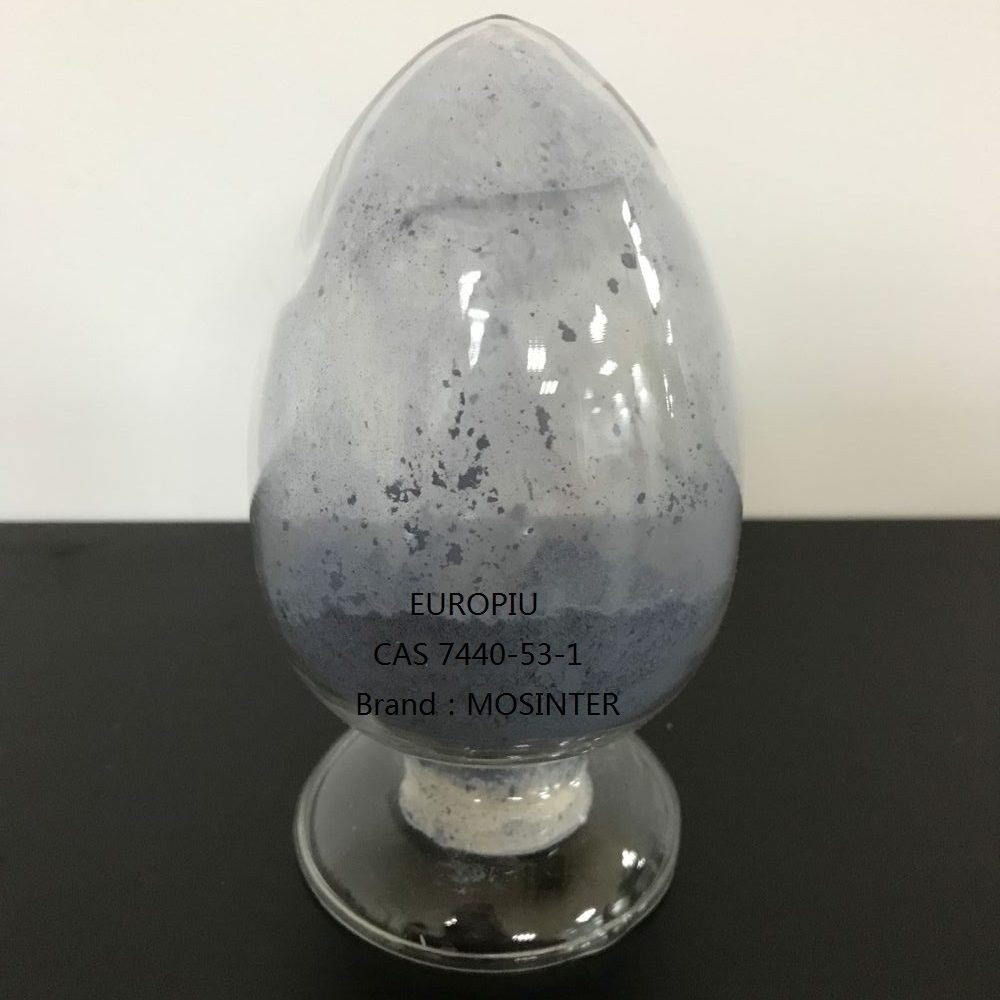
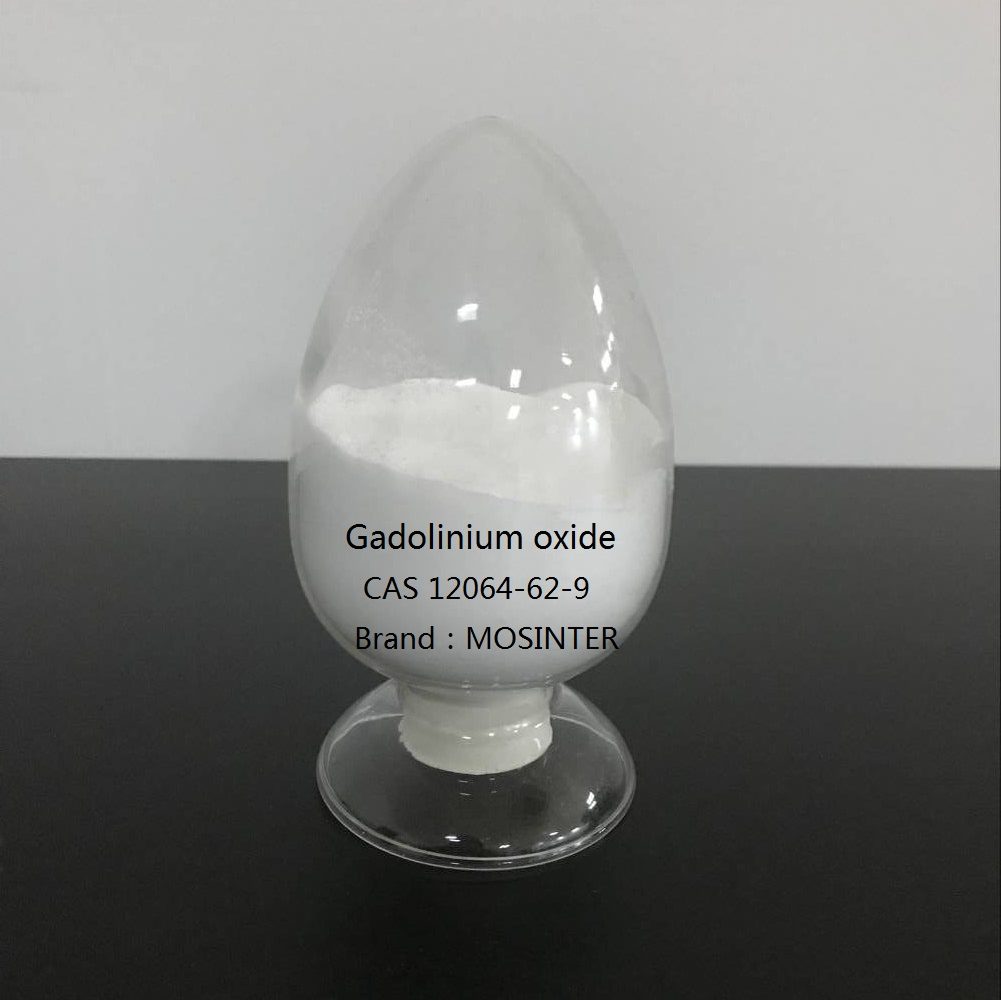
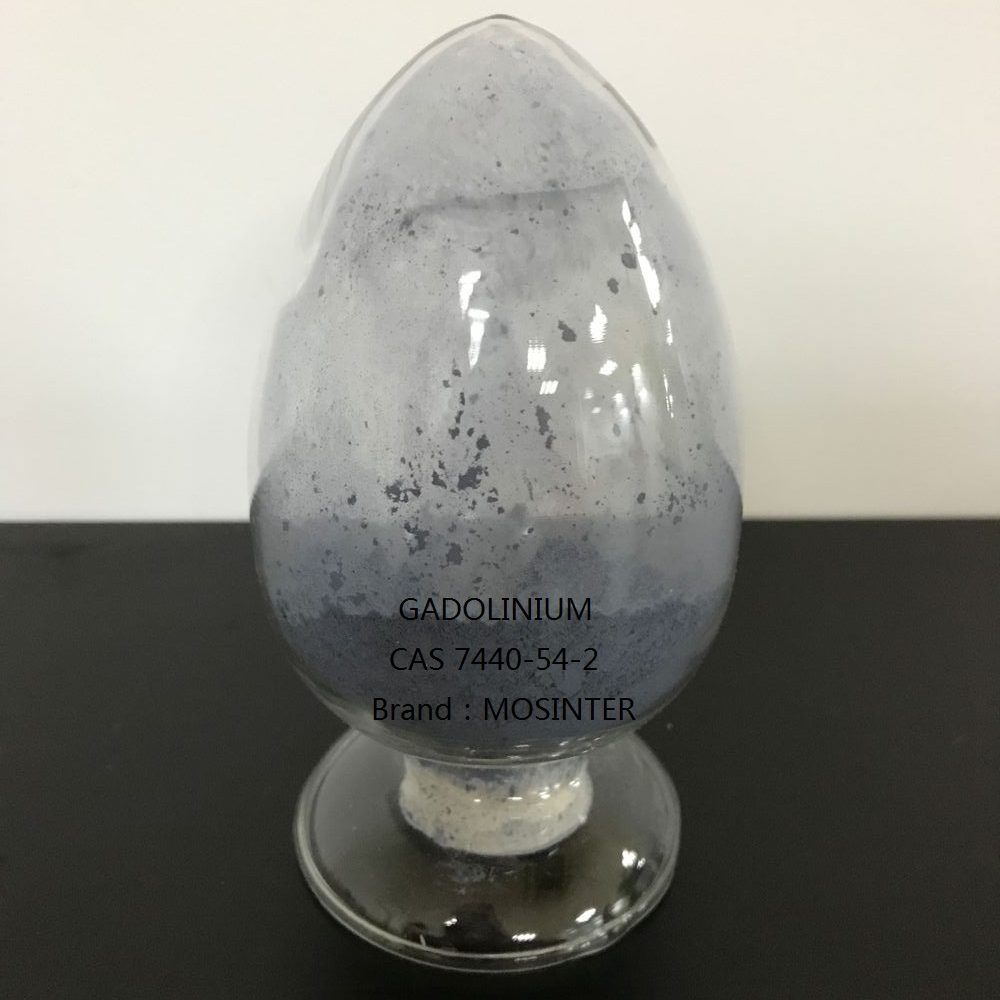
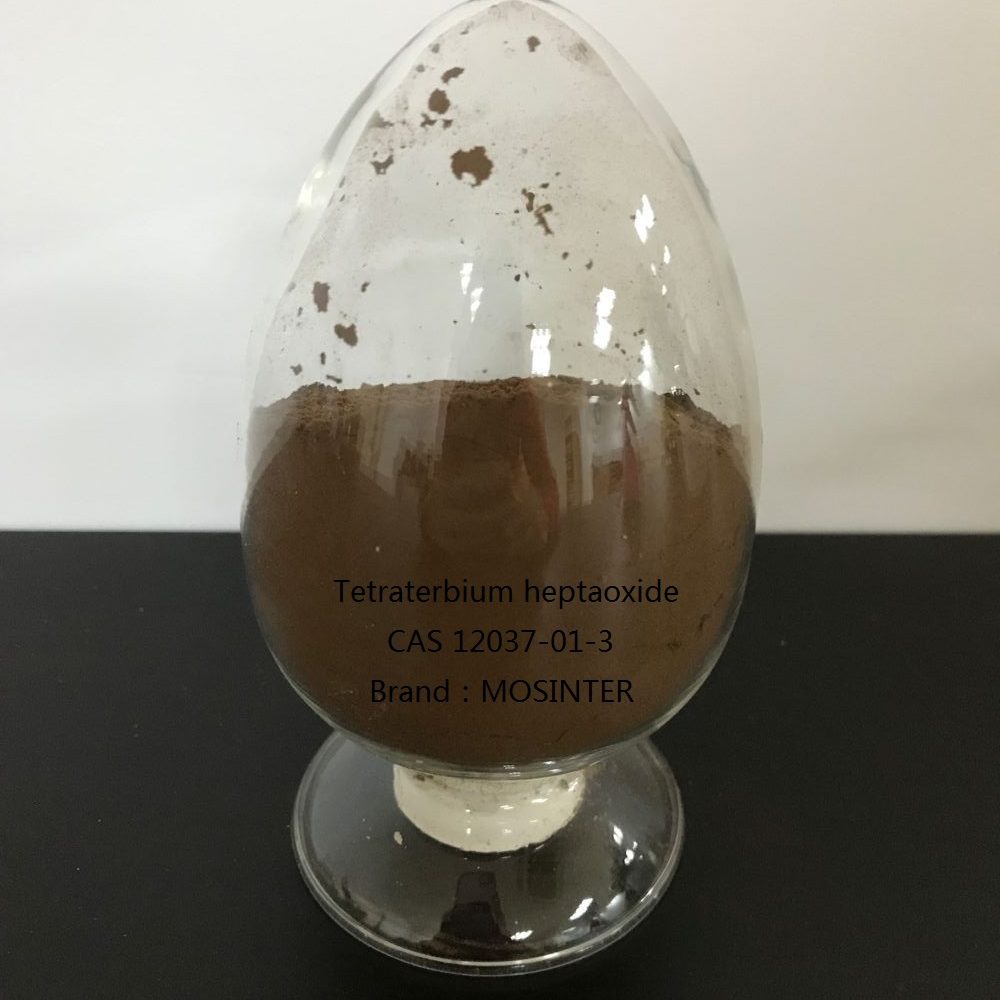
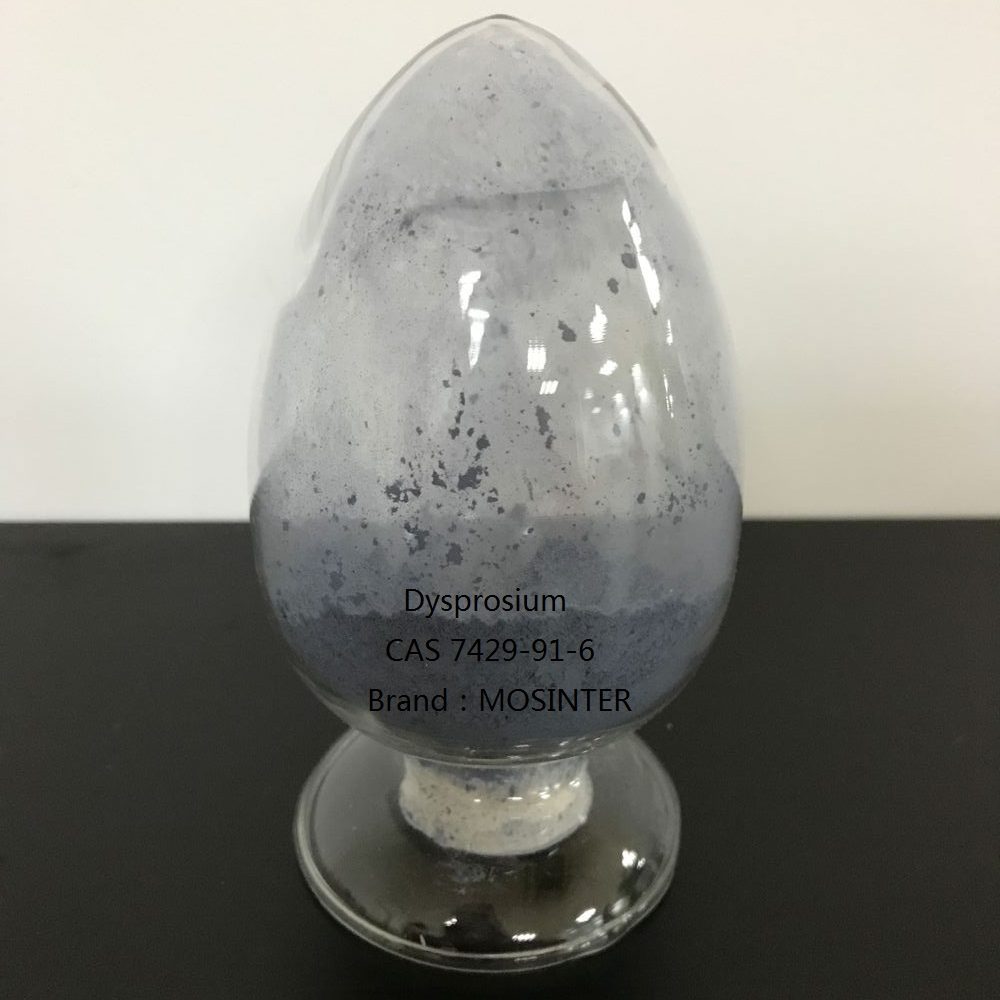
Reviews
There are no reviews yet.